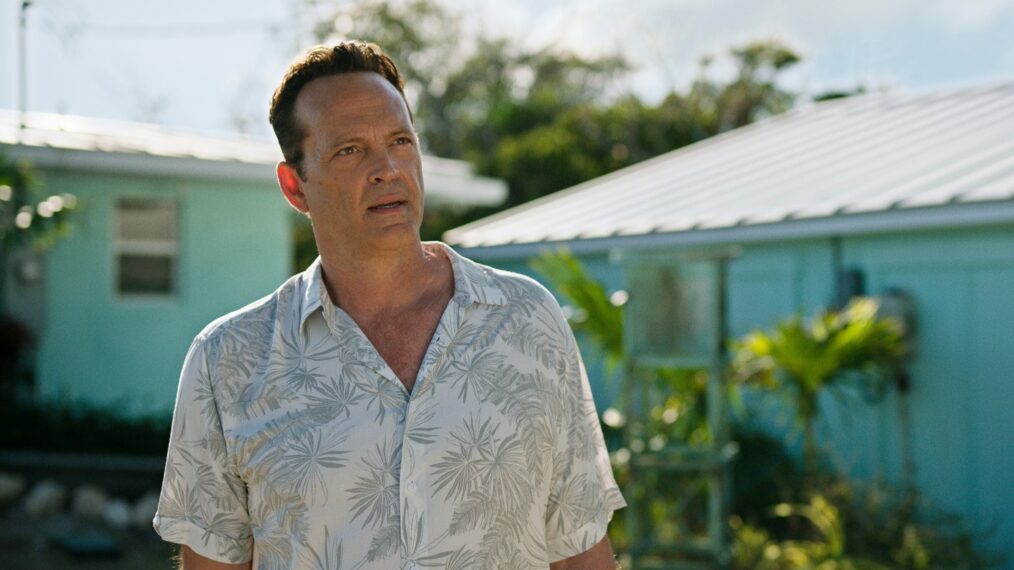Ukrainians enter the third year of war with a bleaker outlook than at any point since the early days of Russian President Vladimir Putin’s full-scale invasion on February 24 2022.
A year ago they were brimming with optimism over their chances of pushing Moscow’s troops back and breaking the so-called land bridge between the occupied Crimean peninsula and the other parts of Russian-held territory in eastern Ukraine. But the counteroffensive failed to make headway, with opposing forces now entrenched along the 1,000km frontline.
Kyiv’s best hope is to hold the line and cause its enemy much higher casualties than it incurs. Putin’s bet is that Russian superiority in both mobilising men and defence industrial production will break western and Ukrainian resolve.
Most Ukrainians are determined to fight on for their freedom. But their forces are running low on ammunition and air defence interceptors. The country also needs to find about 500,000 new recruits this year. Wavering US military support and Europe struggling to make up shortfalls in arms supplies will make this more difficult.
Here is a visual guide to how Russia’s war against Ukraine is bearing on each nation’s military, economy and politics.
Military
The land battle in 2023 consisted of minor gains for the Ukrainian forces, compared with their lightning counteroffensive in 2022 which liberated swaths of territory.
Ukraine lost the eastern city of Bakhmut in May after a gruelling nine-month battle in which Russia was estimated to have lost some 30,000 men. Many of the dead were convicts recruited by the Wagner Group, led by Yevgeny Prigozhin, who a month later staged a mutiny against Moscow and then died in a plane crash.
The much-anticipated Ukrainian counteroffensive of summer 2023 ground to a halt after advancing a mere 30km. Russian minefields and fortifications coupled with constant drone surveillance and instant artillery strikes proved insurmountable.
Valeriy Zaluzhny, then commander-in-chief of the Ukrainian armed forces, admitted in November that the land war was at a “stalemate” and that only a technological revolution, including drones and electronic warfare, would give his country back the advantage. Ukrainian President Volodymyr Zelenskyy replaced Zaluzhny with Oleksandr Syrsky this month.
Key battlefield and frontline movements
Ukraine’s strategy of “active defence” is intended to bleed the enemy while minimising its own losses. Russia on the other hand is taking the “meat-grinder” approach by recruiting vast numbers of soldiers who seem expendable on the battlefield.
Western officials estimate some 350,000 Russians have been killed or badly injured since February 2022, while 70,000 Ukrainians have died and 120,000 have been seriously wounded.
After a mobilisation wave in 2022, Moscow claims to have recruited an additional 490,000 men last year mostly by offering generous pay and recruiting convicts from prisons. While Ukraine struggles to replace soldiers who have been fighting for two years, Russia is expected to add another 400,000 fresh recruits in 2024.
Towards the end of 2023, Ukraine began facing shortfalls in artillery supplies from the US and Europe. Rationing of shells is having an impact on the battlefield, making it harder for Ukrainian forces to fend off Russian infantry assaults or strike battery positions. This month, Ukraine withdrew its troops from the frontline town of Avdiivka after a four-month battle.
With the land war looking grim, Ukraine pivoted last year to using technology to carry out daring attacks within occupied territory and in Russia.
Ukraine’s biggest military achievements were drone and missile strikes against military facilities in Russian-occupied Crimea. Ukrainian forces are estimated to have sunk one-fifth of Russia’s Black Sea fleet stationed in the area.
There has also been a vast uptick in attacks deeper into Russian territory, with home-built Ukrainian missiles and drones striking military facilities, munitions factories and energy infrastructure in Russia.
Ukraine aims to step up these strikes on Russian soil in 2024, with the aim of at least disrupting if not crippling the Kremlin’s war effort and bringing the conflict home to ordinary Russians.
Economy and trade
Both Russia and Ukraine’s war economies grew faster than expected last year, with Moscow defying western sanctions imposed in 2022 that were aimed at reducing the Kremlin’s revenues and ability to fund the conflict.
The Kremlin has been successful in evading curbs on its oil exports, while at the same time firing up the Russian defence industrial complex to produce large amounts of ammunition, drones, missiles and armour. However, Ukrainian and western officials say sanctions banning western chip exports to Russia are limiting Moscow’s capacity to produce more sophisticated kit.
Russia’s annual artillery munition production has risen from 800,000 prewar to an estimated 2.5mn, or 4mn including refurbished shells. EU and US production capacity stands at about 700,000 and 400,000 respectively, although the EU aims to hit 1.4mn by the end of this year and the US 1.2mn by 2024.
Ukraine’s economy suffered a catastrophic slump following Russia’s full-scale invasion, but it has since begun to recover.
One bright spot for Kyiv is that its attacks on Russia’s Black Sea fleet in Crimea have forced the Kremlin to pull its ships away from the Ukrainian coast. This has allowed Ukraine to restart regular cargo shipping from its Black Sea ports, despite Russia pulling out of the grain initiative, which has restored a major export route and vital economic lifeline.
The surge in Russia’s defence spending may be buoying the growth of gross domestic product but it is also fuelling inflation, which is now higher than in Ukraine.
This will erode real wages and living standards in a country where investments in crumbling Soviet-era infrastructure and public utilities are badly needed.
Politics
Ahead of Putin’s expected re-election in March, a new wave of repression against dissenting voices is taking place in Russia. Western politicians and regime critics have roundly blamed Putin for the death of the president’s most prominent critic, Alexei Navalny.
While few signs of the public turning against the president are reflected in opinion polls, this may not be a reliable indicator in a regime dominated by fear. Anti-war criticism is outlawed in Russia and any show of support for dissidents is crushed.
Zelenskyy’s public support is not holding up quite so well, as war fatigue and fears of abandonment by western allies set in.
The Ukrainian leader has also faced criticism over his decision to replace Zaluzhny and accusations of the erosion of media freedom. Elections in Ukraine have also been suspended during the country’s state of emergency.
Nevertheless, some 85 per cent of Ukrainians are confident of their country’s victory over Russia, according to a survey in February conducted by the Kyiv-based Rating Group.
However, Ukrainians know that international support is an important condition for victory. Just 19 per cent of respondents believed Ukraine could defeat Russia without international assistance.
Support for Ukraine dropped markedly in the US last year, particularly among Republicans, who have held up further military aid for Kyiv and whose presidential frontrunner Donald Trump is seeking to oust Ukraine ally Joe Biden from the White House in November.
Unless Congress approves a $60bn aid package, there will be no further transfers of weaponry from US stockpiles to Ukraine.
In the EU there is still a solid majority in favour of helping Ukraine, but public support is beginning to soften, potentially increasing pressure on European leaders to rethink their stance.
But for now there is no sign of solidarity with Kyiv breaking down. After a two-month delay caused by Hungary’s Viktor Orbán, EU leaders this month agreed a four-year €50bn financial support plan for Ukraine and several European capitals have made significant pledges of military aid.
Most military experts said Russia probably lacked the combat power to break through Ukrainian defensive positions in a sweeping manoeuvre this year.
But Ukraine urgently needs western supplies of ammunition. If it does not receive them, holding its lines will prove difficult — and Kyiv risks losing a lot of men by simply holding on, even if it does so successfully.
“What Ukraine is losing is its capacity to mount a counteroffensive,” said military analyst François Heisbourg.


























































![Mason Ramsey – Twang [Official Music Video] Mason Ramsey – Twang [Official Music Video]](https://i.ytimg.com/vi/xwe8F_AhLY0/maxresdefault.jpg)
































